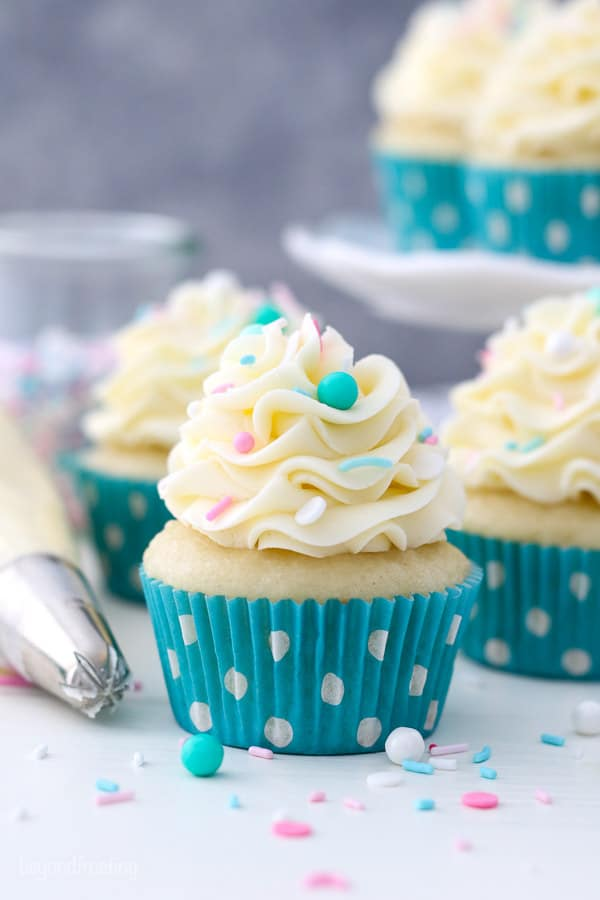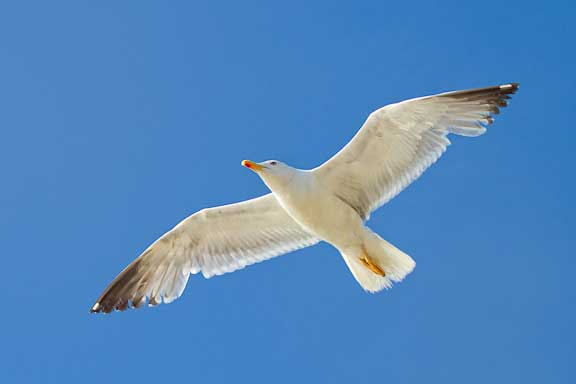Do Now: Consider your free-time outside of school, when you’re (hopefully) not procrastinating. What do you like to do & how do you like to spend your time when you’re not studying or working on assignments (Ex. Listen to music, watch T.V, Draw, etc…)?
For example, if you are a gamer, what type of games do you like to play? FPS? RPG? Simulation? FIFA? ETC! Do you play online with a guild/clan or a certain group of friends? Or, do you prefer to play alone taking in the soundtrack, graphics, and story? What is it that you enjoy about gaming; if you’re a gamer?
The do now asks what you like to do outside of school. Our class, including me, said they either play games, go outside, or draw. Thankfully everybody had a hobby outside of school because it is important to spend some tiem without studying or working on assignments. This was also a good way to show how we share common interests and many picked playing games or watching T.V
Spirit Reading:
After the do now we read “Peomcrazy” by Susan Goldsmith Wooldridge
I have a strong gathering instinct. I collect boxes, hats, rusty flattened bottle caps for collages and creek-worn sticks to color with my hoard of Berol prismacolor pencils. When I was a kid I’d lie in bed imagining I was a squirrel who lived in a hollow tree, foraging for acorns, twigs and whatever it takes to make squirrel furniture.
Most of us have collections. I ask people all the time in workshops, Do you collect anything? Stamps? Shells? ’57 Chevys? Raccoons? Money? Leopards? Meteorites? Wisecracks? What a coincidence, I collect them, too. Hats, coins, cougars, old Studebakers. That is, I collect the words. Pith helmet, fragment, Frigidaire, quarrel, loveseat, lily. I gather them into my journal.
The great thing about collecting words is they’re free; you can borrow them, trade them in or toss them out. I’m trading in (and literally composting) some of my other collections—driftwood, acorns and bits of colored Easter egg shell—for words. Words are lightweight, unbreakable, portable, and they’re everywhere. You can even make them up. Frebrent, bezoncular, zurber. Someone made up the word padiddle.
A word can trigger or inspire a poem, and words in a stack or thin list can make up poems.
Because I always carry my journal with me, I’m likely to jot down words on trains, in the car, at boring meetings (where I appear to be taking notes), on hikes and in bed.
I take words from everywhere. I might steal steel, spelled both ways. Unscrupulous. I’ll toss in iron, metal and magnolias. Whatever flies into my mind. Haystack, surge, sidewinder. A sound, splash. A color, magenta. Here’s a chair. Velvet. Plush.
Dylan Thomas loved the words he heard and saw around him in Wales. “When I experience anything,” he once said, “I experience it as a thing and a word at the same time, both equally amazing.” Writing one ballad, he said, was like carrying around an armload of words to a table upstairs and wondering if he’d get there in time.
Words stand for feelings, ideas, mountains, bees. Listen to the sound of words. I line up words I like to hear, Nasturtiums buzz blue grass catnip catalpa catalog.
I borrow words from poems, books and conversations. Politely. Take polite. If I’m in a classroom, I just start chalking them onto the board. I don’t worry about spelling or meaning. Curdle. Cantankerous. Linoleum. Limousine. Listen. Malevolent. Sukulilli, the Maidu Indian word for silly. Magnet cat oven taste tilt titter.
I call gathering words this way creating a wordpool….
When I’m playing with words, I don’t worry about sounding dumb or crazy. And I don’t worry about whether or not I’m writing “a poem.” Word pool. World pool, wild pool, whipoorwill, swing. Words taken out of the laborious structures (like this sentence) where we normally place them take on a spinning life of their own.
This reading clearly showed how poetry has no limitation on words and that you can be as unique or creative as you want
To see another example of this we watched Daniel Radcliffe Raps Blackalicious' "Alphabet Aerobics"
Daniel Radcliffe Raps Blackalicious' "Alphabet Aerobics" [3:39]
After watching the video, and closely examing how the song displays many unique words that have no correlation but still created a story line using them, we split into our groups for a team word challenge. In order to win you and your team had to come up with the most words created that relate to “to walk or to run”
Me and my team were able to come up with 24 words and receive 25 points
A. Advance B. Backpack C. Cross D. Depart E. Escort F. Follow G. Guide H. Hike I. Initiate J. Jog K. Kayak L. Locomotive M. Mobilize | N. Navigate O. Outing P. Perceive Q. Quest R. Run S. Stroll T. Travel U. V. Voyage W. Wander X. Xensation Y. Z. Zoom |
Spirit Reading: We had to read the text and annotate anything that stood out
… Image is the root word of imagination. It’s from Latin imago, “picture,” how you see things. Images carry feelings. Saying, “I’m angry,” or “I’m sad,” has little impact. Creating images, I can make you feel how I feel.
When I read the words of a young student named Cari—“I’m a rose in the shape of a heart / with nineteen days of nothing / but the pouncing of shoes on my dead petals”—I experience desperation through her image. Cari doesn’t even have to name the feeling—nineteen days, a pale green sky, a pouch of seed held against a sower’s heart.
Writing poems using images can create an experience allowing others to feel what we feel. Perhaps more important, poems can put us in touch with our own often buried or unexpected feelings.
Shoua discovered her frustration by using the image of a man shooting pool,
I hear bang, click, shoosh
feeling like the white ball
that does all the work.
Tori used images from a landscape to indicate hopelessness,
the clouds collapsed,
they’re touching the ground
trying to come alive,
but they can’t.
Sometimes word tickets magically fit with the images in the paintings. One of Tori’s words was jingle. It helped her convey her developing feeling of hope,
the glowing water shows shadow
till we all hear
the jingle of dawn.
Images we create in our poem can not only help us discover our feelings, but can help us begin to transform them.
This reading was able to convey how important it is to use imagery if you want to describe feelings to the reader. It is much more effective then just saying the feeling whereas if you describe it with imagery the reader can feel it themselves and imagine it more clearer.
Lastly we ended off with group work again where we had to complete the Image Challenge. Which was your group had to pick one of the images here and answer two questions about those images
Image Challenge






My team wrote:
Image Challenge
Choose 1 picture from the previous slide with your TEAM and together, try to write a description that captures what the picture is AND how it makes you feel:
The picture is an amusement park all lit up late night with many rides. This makes me feel very excited and wanting to go to an amusement park since I haven't been at one in so long as it reminds me of all the fun times I used to have
2. Where can you find creative inspiration that you can personally use to create your own form of poetry?
I can find creative inspiration to personally create my own form of poetry from my thoughts and personal surroundings as my thoughts sometimes become very strange and interesting so I would be able to express them in a form of poetry
Reflection:
This lesson taught me different ways to convey my poems. For example it taught me to use any type of words I desire no matter how unique they are I can still combine them in order to create a story. In addition it taught me how important it is to use imagery in your writing as it helps your reader understand the emotions or feelings you are describing. I learned this in order to be able to write poems more freely and have many different ways of writing them. Next time I am writing a poem or reading a poem I will make sure to use many types of unique words and lookout for any imagery that is being conveyed.
What I took away from the lesson was a newfound appreciation for poetic devices because without them, the meaning of a poem would be more difficult to interpret. Something else I took away from this lesson was a liking for poems, since I didn’t like them when starting the poems unit. I learned that poetic devices are extremely helpful in finding themes because without them, we would not be able to dissect a theme from any poem, like “Identity”, where the theme I picked out was “Be who you are, not what people want you to be.” The hints that brought me to this theme was the wording of the author by describing the flower as picked by greedy humans and describing a weed as something that is ugly but free. I learned this because if I want to dissect poems down to their theme, I must know what poetic devices look like and how to pick them out. I will use this in the future to better understand any poem and find the theme after reading and analyzing the poem any teacher gives me.

